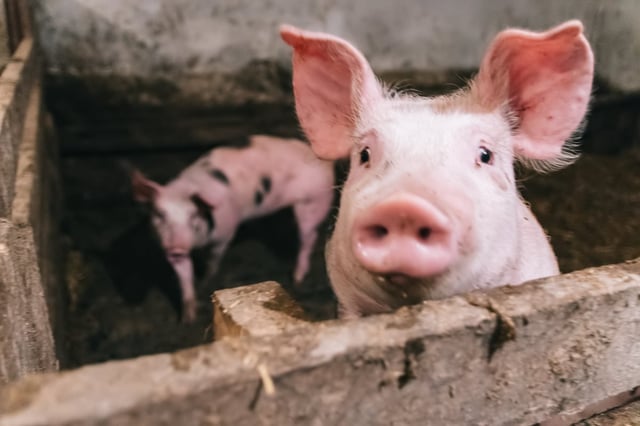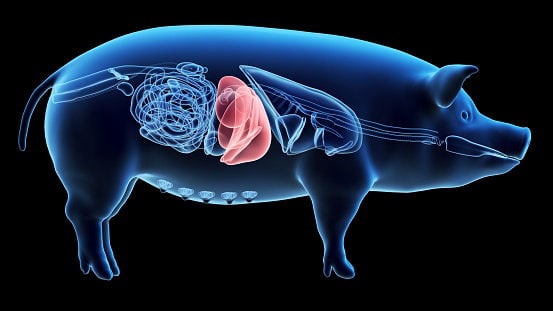Overview
- A Journal of Hepatology case report describes a 71-year-old in China who received a pig liver as support alongside his own liver, with the xenograft functioning for 38 days before removal for vascular complications consistent with thrombotic microangiopathy.
- The patient survived 171 days after the initial operation and later died following an upper gastrointestinal bleed reported on day 171.
- The donor pig was engineered with ten genomic edits, knocking out three xenoantigens and adding seven human genes to improve compatibility with complement, coagulation and macrophage pathways.
- Under intensive immunosuppression reported as eight agents, the graft produced bile and human-relevant proteins including bile acids, clotting factors and complement proteins despite persistently high bilirubin.
- Independent experts characterize the result as a proof-of-concept and caution that immune and coagulation failure modes, biosafety monitoring and ethical issues must be addressed before broader clinical use, with near-term promise seen as short-term support until recovery or a human donor organ.



